Regulatory Support
Regulatory frameworks promoting the use of sustainable materials are a crucial driver for the Nordic Cross-Laminated Timber (CLT) and Lumber Processing Market. Governments are increasingly implementing policies that favor the use of timber in construction, recognizing its environmental benefits. In 2025, several countries in the Nordic region are expected to introduce incentives for builders who utilize CLT, such as tax breaks or expedited permitting processes. This regulatory support not only enhances the market viability of CLT but also encourages innovation within the lumber processing sector. As regulations evolve, they are likely to create a more favorable environment for the adoption of CLT, thereby stimulating market growth.
Urbanization Trends
The ongoing trends of urbanization are significantly influencing the Nordic Cross-Laminated Timber (CLT) and Lumber Processing Market. As urban populations continue to grow, there is an increasing demand for efficient and sustainable housing solutions. CLT offers a viable alternative to traditional building materials, allowing for faster construction times and reduced waste. In 2025, urban areas are projected to account for over 70% of the global population, driving the need for innovative building solutions. The lightweight nature of CLT also makes it suitable for high-rise construction, which is becoming more prevalent in densely populated cities. This urbanization trend is likely to propel the demand for CLT, as it aligns with the need for sustainable urban development.
Technological Innovations
Technological advancements are reshaping the Nordic Cross-Laminated Timber (CLT) and Lumber Processing Market, enhancing production efficiency and product quality. Innovations in manufacturing processes, such as automated cutting and assembly techniques, have significantly reduced production times and costs. In 2025, the integration of advanced software for design and structural analysis is expected to streamline the construction process, making CLT a more attractive option for builders. Furthermore, the development of new adhesives and treatments has improved the durability and performance of CLT products, expanding their applicability in various construction scenarios. As technology continues to evolve, it is likely to foster greater competitiveness within the market, encouraging more players to enter the CLT sector.
Sustainability Initiatives
The increasing emphasis on sustainability is a pivotal driver for the Nordic Cross-Laminated Timber (CLT) and Lumber Processing Market. As environmental concerns escalate, the demand for eco-friendly building materials has surged. CLT, being a renewable resource, aligns with the global shift towards sustainable construction practices. In 2025, the market for sustainable building materials is projected to reach approximately 500 billion USD, with CLT playing a significant role in this growth. The Nordic region, known for its rich forest resources, is well-positioned to capitalize on this trend, as it can provide sustainably sourced timber. This focus on sustainability not only enhances the market appeal of CLT but also encourages regulatory support, further driving its adoption in construction projects.
Diverse Market Applications
The versatility of Nordic Cross-Laminated Timber (CLT) is a significant driver for the Lumber Processing Market. CLT is increasingly being utilized in a variety of applications, ranging from residential buildings to commercial structures and even infrastructure projects. This adaptability is attracting a broader range of stakeholders, including architects and builders, who are seeking innovative solutions for their projects. In 2025, the market for CLT is expected to expand as more industries recognize its benefits, such as reduced carbon footprint and enhanced aesthetic appeal. The ability to customize CLT products for specific applications further enhances its market potential, making it a preferred choice in modern construction practices.


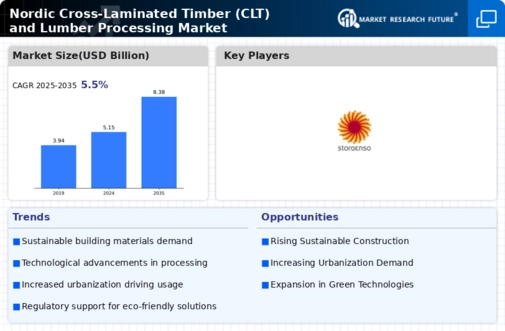
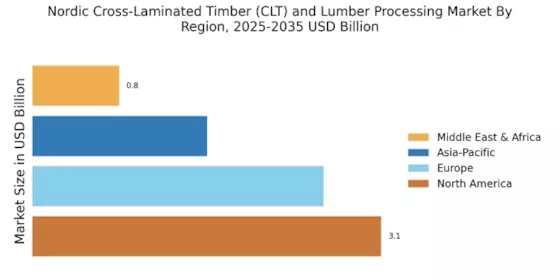
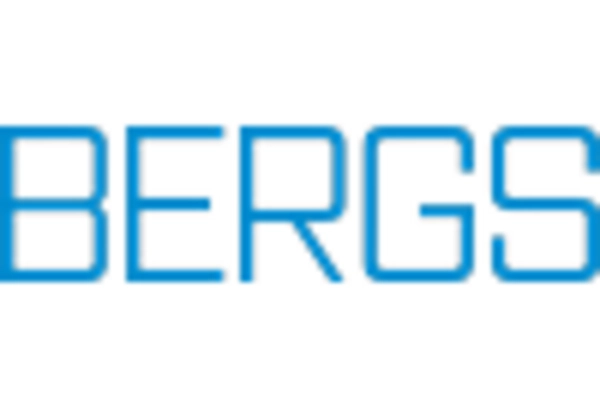
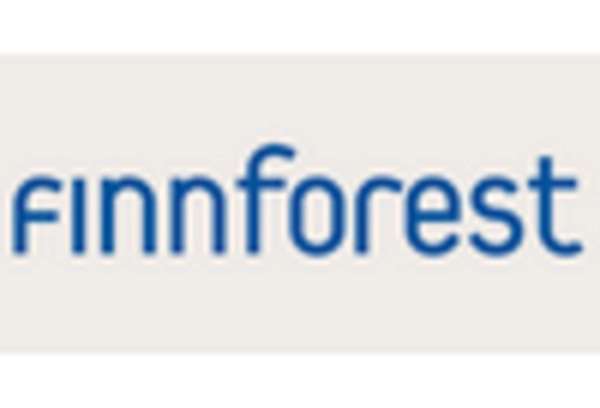
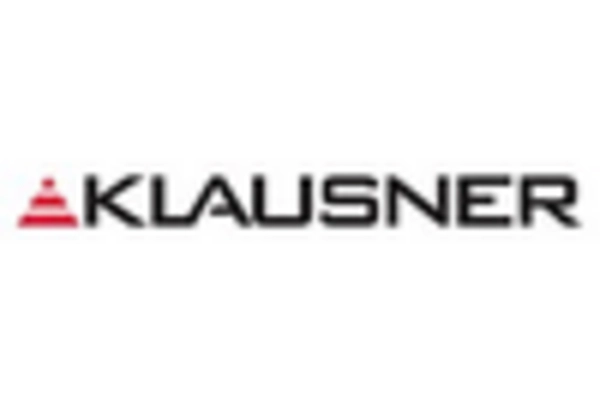
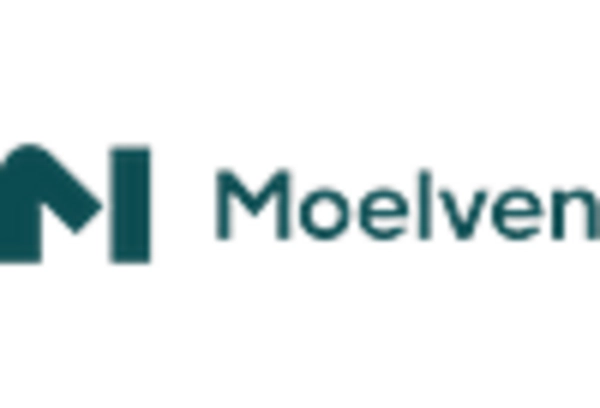
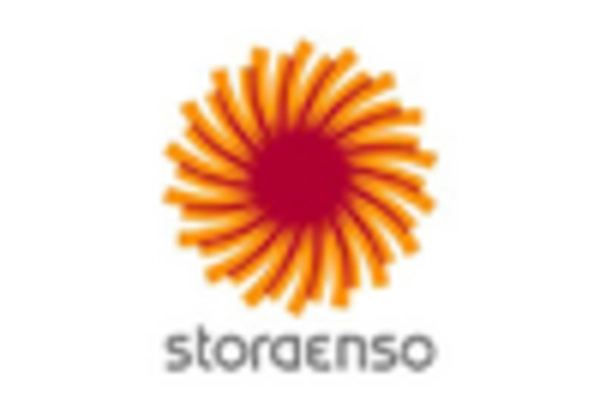
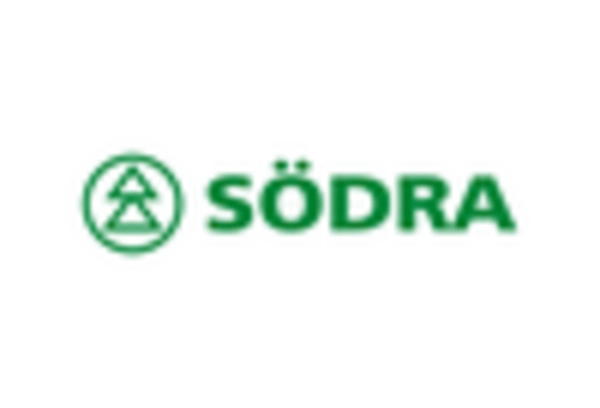








Leave a Comment